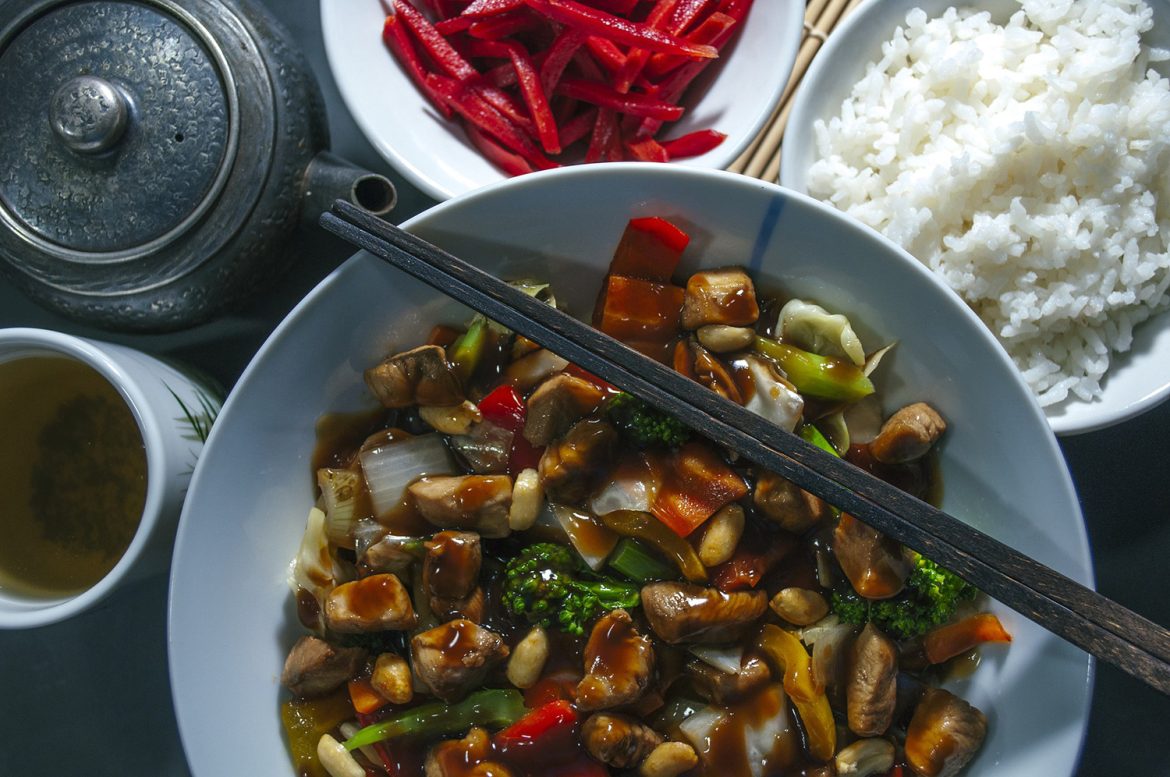Chinese cuisine is renowned for its bold flavors, intricate techniques, and diverse culinary traditions. However, a common perception persists that Chinese food is excessively oily. In this article, we delve into the factors that contribute to this perception, dispelling misconceptions and shedding light on the complexities of Chinese cooking. Join us as we explore the cultural, historical, and culinary reasons behind the use of oil in Chinese cuisine, uncovering the nuances and richness that define this beloved culinary tradition.
Historical and Cultural Influences
a. Historical Use of Oil: Oil has been an essential ingredient in Chinese cuisine for thousands of years. Its usage can be traced back to ancient China, where it played a crucial role in cooking techniques such as stir-frying and deep-frying.
b. Regional Variations: Chinese cuisine encompasses a vast range of regional flavors and cooking styles. While some regions, like Sichuan and Hunan, are known for their spiciness and use of chili oil, others, such as Cantonese cuisine, emphasize lighter flavors and steaming techniques.
c. Cultural Significance: In Chinese culture, sharing food is a way of expressing hospitality and generosity. The use of oil in cooking helps create a sense of richness and indulgence, making meals more satisfying and enjoyable.
Cooking Techniques and Oil Usage
a. Stir-Frying: Stir-frying is a fundamental cooking technique in Chinese cuisine. The high heat and quick cooking time require the use of oil to prevent ingredients from sticking to the pan and to impart a characteristic wok hei (breath of the wok) flavor.
b. Deep-Frying: Deep-frying is another prevalent cooking method used in Chinese cuisine. It allows for the creation of crispy textures and enhances the flavors of ingredients. However, proper oil temperature and draining techniques are essential to avoid excessive oil absorption.
c. Oil as a Flavor Enhancer: Oil serves as a carrier of flavors and aromas in Chinese dishes. It helps distribute and intensify the flavors of spices, herbs, and seasonings, resulting in a harmonious balance of taste.
d. Wok Seasoning: The seasoning of a wok, a staple utensil in Chinese cooking, involves repeatedly heating oil to high temperatures. This process creates a natural non-stick surface and imparts a subtle layer of flavor to the food.
Health Considerations and Modern Trends
a. Balanced Chinese Diet: Traditional Chinese cuisine emphasizes a balance of flavors, textures, and ingredients. While oil is a significant component, it is balanced by an abundance of fresh vegetables, lean proteins, and other nutritious elements.
b. Portion Sizes and Culinary Adaptations: The perception of excessive oiliness in Chinese food can sometimes be influenced by the Western adaptation of recipes, which may not reflect the authentic proportions and cooking techniques.
c. Contemporary Health-Conscious Approaches: With growing awareness of healthy eating, modern Chinese cuisine has evolved to offer lighter options, such as steamed dishes, stir-fries with less oil, and increased use of fresh ingredients.
Regional Variations in Oil Usage
a. Northern China: In northern Chinese cuisine, the use of oil is often more sparing compared to other regions. Wheat-based staples like dumplings and noodles take center stage, often prepared with minimal oil.
b. Sichuan Cuisine: Sichuan cuisine, renowned for its bold and spicy flavors, incorporates the use of chili oil and Sichuan peppercorns. While this may contribute to the perception of oiliness, it is a deliberate part of the region’s distinct flavor profile.
c. Cantonese Cuisine: Cantonese cuisine is known for its emphasis on fresh ingredients and lighter cooking methods such as steaming and blanching. The use of oil in Cantonese cuisine is often more restrained, allowing the natural flavors of the ingredients to shine.
d. Fujian Cuisine: Fujian cuisine features delicate seafood flavors and incorporates various cooking techniques such as braising and poaching, which require less oil.
Oil Selection and Techniques for Healthier Cooking
a. Oil Choices: The type of oil used in Chinese cooking can influence its perceived oiliness and overall healthiness. Traditional choices include peanut oil, sesame oil, and soybean oil, which offer distinct flavors and high smoke points. Health-conscious alternatives like canola oil or olive oil can also be used.
b. Moderation and Techniques: Chinese cooking, like any cuisine, can be enjoyed in moderation. Employing techniques such as blotting excess oil with paper towels, proper draining, and using high heat during stir-frying can help reduce oil absorption.
c. Stir-Frying with Less Oil: It is possible to achieve delicious stir-fried dishes with less oil by using non-stick pans, adding small amounts of oil gradually, and incorporating flavorful broths or sauces to reduce the need for excessive oil.
Appreciating the Art and Diversity of Chinese Cuisine
Chinese cuisine is a vast and diverse culinary tapestry that encompasses a range of flavors, cooking techniques, and regional specialties. While the perception of oiliness may persist, understanding the cultural, historical, and culinary reasons behind its use provides a deeper appreciation for the complexity and artistry of Chinese cooking. By exploring the diverse regional variations and adapting cooking techniques to individual preferences and health considerations, one can savor the delightful flavors and textures of Chinese cuisine while maintaining a balanced and enjoyable dining experience.
Conclusion
The perception of excessive oiliness in Chinese food is rooted in cultural, historical, and culinary practices that have shaped Chinese cuisine over centuries. While oil plays an important role in Chinese cooking, it is essential to recognize the balance, flavors, and variety that define this beloved culinary tradition. By understanding the regional variations, cooking techniques, and health considerations, we can appreciate the richness and diversity of Chinese cuisine while making informed choices that align with our personal preferences and dietary needs. Let us celebrate the artistry, complexity, and vibrancy of Chinese cuisine, appreciating the myriad flavors it offers beyond the perception of oiliness.

